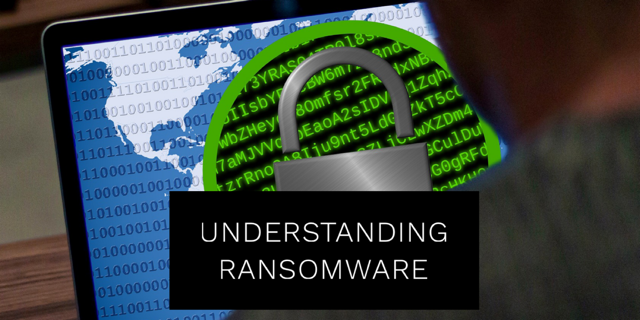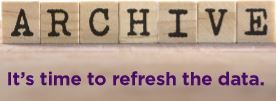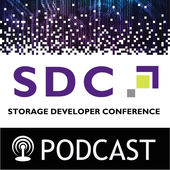Posted by Marty Foltyn
Security is critical in the storage development process – and a prime focus of sessions at the SNIA Storage Developer Conference AND the co-located SNIA Data Storage Security Summit on Thursday September 24. Admission to the Summit is complimentary – register here at http://www.snia.org/dss-summit.![DataStorageSecuritySummitlogo200x199[1]](https://sniablog.org/wp-content/uploads/2015/09/DataStorageSecuritySummitlogo200x1991.png)
The Summit agenda is packed with luminaries in the field of storage security, including keynotes from Eric Hibbard (SNIA Security Technical Work Group and Hitachi), Robert Thibadeau (Bright Plaza), Tony Cox (SNIA Storage Security Industry Forum and OASIS KMIP Technical Committee), Suzanne Widup (Verizon), Justin Corlett (Cryptsoft), and Steven Teppler (TimeCertain); and afternoon breakouts from Radia Perlman (EMC); Liz Townsend (Townsend Security); Bob Guimarin (Fornetix); and David Siles (Data Gravity). Roundtables will discuss current issues and future trends in storage security. Don’t miss this exciting event!
SDC’s “Security” sessions highlight security issues and strategies for mobile, cloud, user identity, attack prevention, key management, and encryption. Preview sessions here, and click on the title to find more details.
Geoff Gentry, Regional Director, Independent Security Evaluators Hackers, will present Attack Anatomy and Security Trends, offering practical experience from implementing the OASIS Key Management Interoperability Protocol (KMIP) and from deploying and interoperability testing multiple vendor implementations of KMIP .
David Slik, Technical Director, Object Storage, NetApp will discuss Mobile and Secure: Cloud Encrypted Objects Using CDMI, introducing the Cloud Encrypted Object Extension to the CDMI standard, which permits encrypted objects to be stored, retrieved, and transferred between clouds.
Dean Hildebrand, IBM Master Inventor and Manager | Cloud Storage Software and Sasikanth Eda, Software Engineer, IBM will present OpenStack Swift On File: User Identity For Cross Protocol Access Demystified. This session will detail the various issues and nuances associated with having common ID management across Swift object access and file access ,and present an approach to solve them without changes in core Swift code by leveraging powerful SWIFT middleware framework.
Tim Hudson, CTO and Technical Director, Cryptsoft will discuss Multi-Vendor Key Management with KMIP, offering practical experience from implementing the OASIS Key Management Interoperability Protocol (KMIP) and from deploying and interoperability testing multiple vendor implementations of KMIP .
Nathaniel McCallum, Senior Software Engineer, Red Hat will present Network Bound Encryption for Data-at-Rest Protection, describing Petera, an open source project which implements a new technique for binding encryption keys to a network.
Finally, check out SNIA on Storage previous blog entries on File Systems, Cloud, Management, New Thinking, and Disruptive Technologies. See the agenda and register now for SDC at http://www.storagedeveloper.org.


 can get a “sound bite” of what to expect by downloading SDC podcasts via
can get a “sound bite” of what to expect by downloading SDC podcasts via ![DataStorageSecuritySummitlogo200x199[1]](https://sniablog.org/wp-content/uploads/2015/09/DataStorageSecuritySummitlogo200x1991.png)
